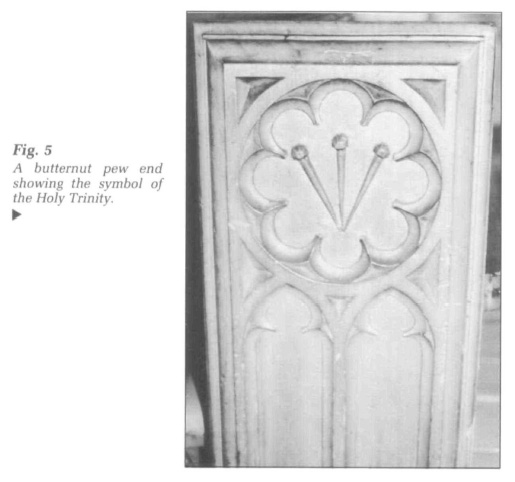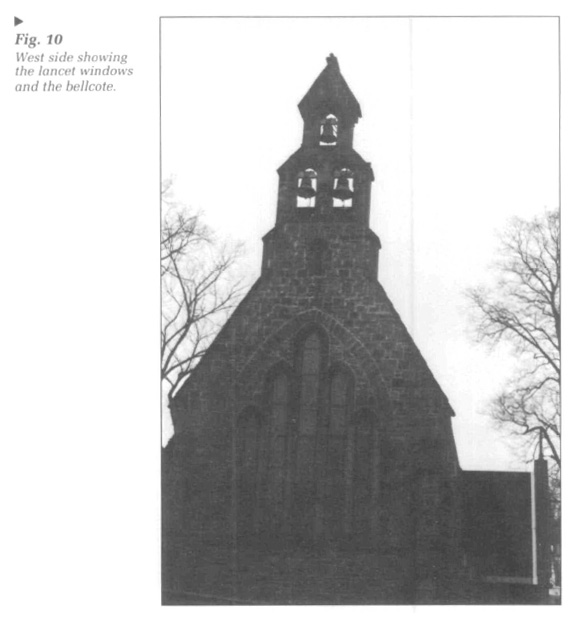Research Reports / Rapports de recherche
Saint Anne's Chapel, Fredericton, New Brunswick:
A Living Exhibit of Material Culture
1 The parish of Christ Church, established in 1786, is one of the oldest in the Anglican Diocese of Frederiction. The second church built to serve this parish was a Gothic Revival structure now known as Saint Anne's Chapel. The chapel was constructed between 1846 and 1847 to serve the poorer west end of the city.1 Derived from medieval parish chapel designs, it was, "the first ecclesiastical building erected in the British provinces on which ancient architecture has been attempted to be honestly carried out."2 Few obvious alterations have since been made. Still used as a house of worship, Saint Anne's can thus be considered a "living exhibit."
2 Saint Anne's Chapel has been maintained as carefully as possible. A former rector, Canon Gordon Smith, is probably the person most deserving of being called a curator of this exhibit. He believes the liturgy of the Book of Common Prayer fits comfortably into the setting of Saint Anne's.3
3 The present-day congregation wanted to preserve the old church when the new larger one was built in the early 1960s. They did not want a new suburban site even though that was where most of them lived. Most of the parishioners wanted to ensure continuity with the past by having the new modern-style building linked to their beloved old church by an unobtrusive enclosed corridor. The older building was kept in limited use.4 Canon Smith believes the people felt so strongly about preserving the chapel that only its destruction by fire would have led to the selection of an entirely new site. Events certainly changed from a century earlier when a member of the congregation took the rector Canon Roberts to court for placing a cross on the altar!5
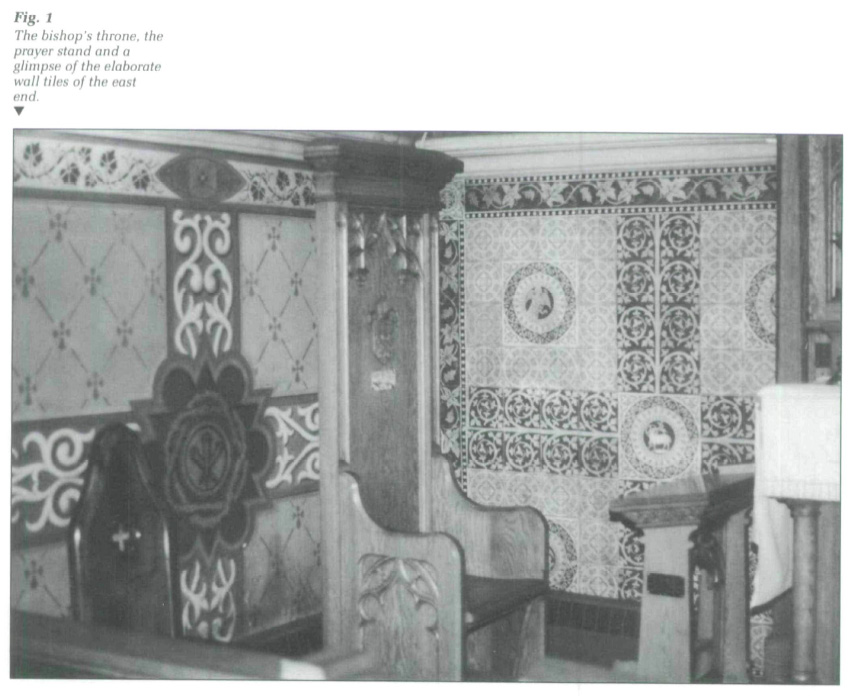 Display large image of Figure 1
Display large image of Figure 1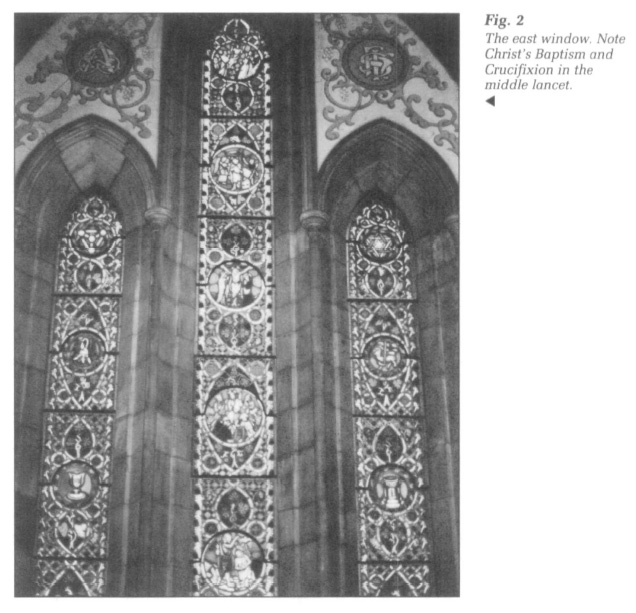 Display large image of Figure 2
Display large image of Figure 2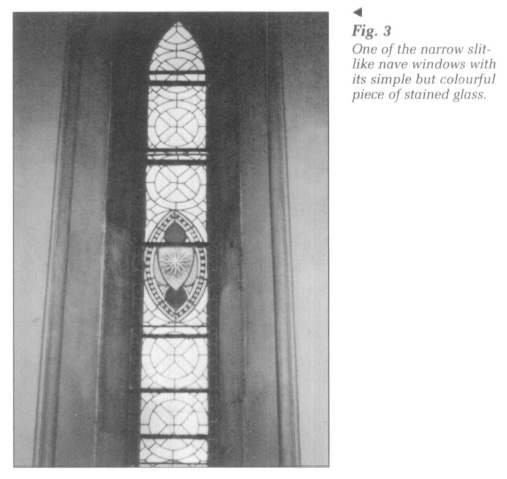 Display large image of Figure 3
Display large image of Figure 34 Canon Smith stressed that after the new Christ Church was built in the early 1960s the congregation continued to make the effort to keep using Saint Anne's Chapel as an integral part of the parish. The chapel is still used for a variety of different religious purposes. Midweek communion services, communions celebrating saints' days, Evensong, some baptisms, marriages and funerals are regularly held there all year round. Most of these services have lower attendance than the main Sunday services. The present congregation numbers more than 600 and the chapel holds 175, making it impossible to use the building for anything other than "minor" services.6
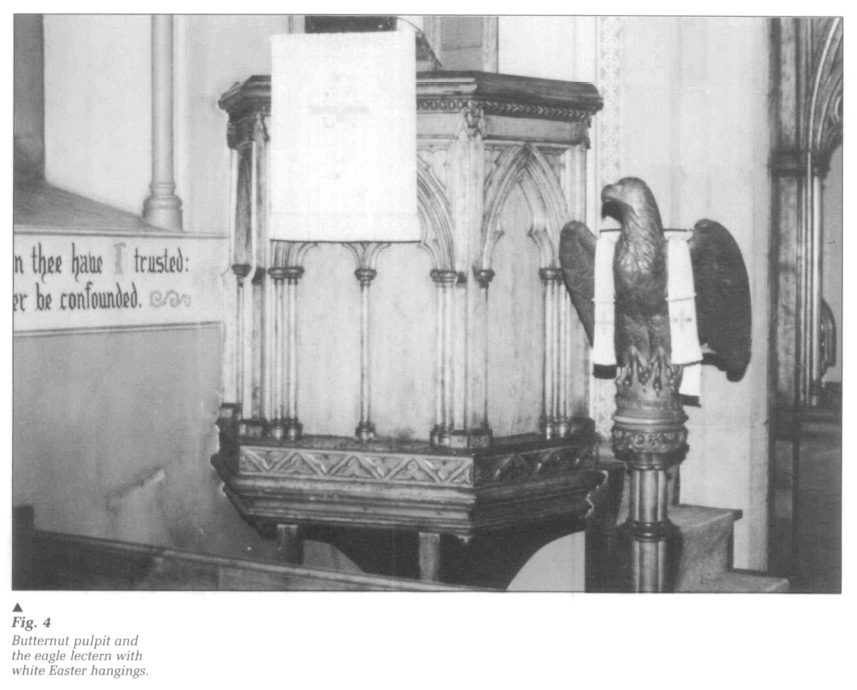 Display large image of Figure 4
Display large image of Figure 45 Nevertheless Saint Anne's Chapel serves as a enduring tribute to its builders and to the members of the congregation who valued its beauty and preserved its expression of Christian faith.
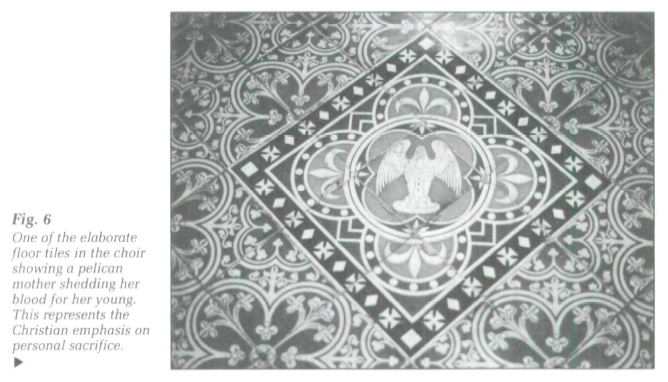 Display large image of Figure 6
Display large image of Figure 6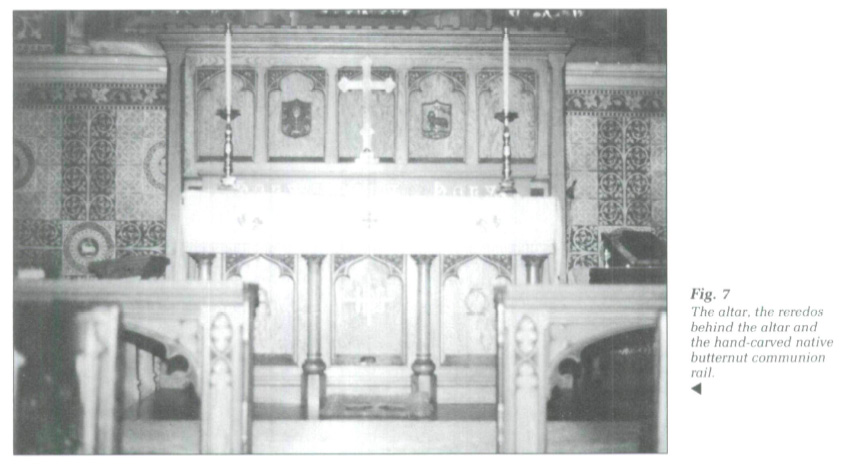 Display large image of Figure 7
Display large image of Figure 7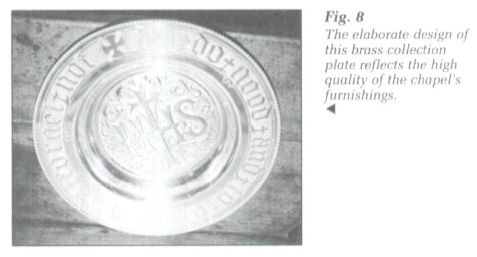 Display large image of Figure 8
Display large image of Figure 8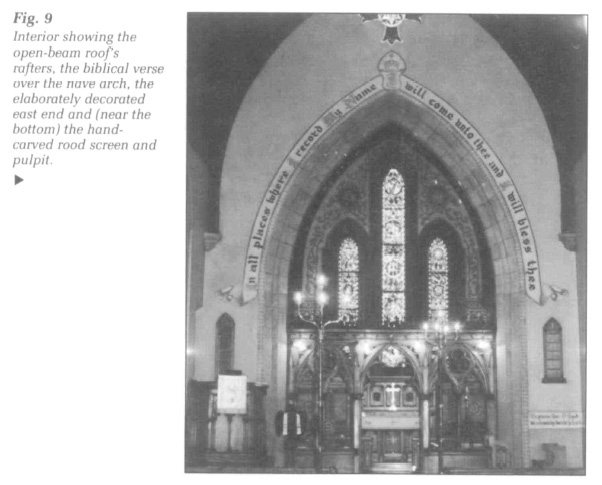 Display large image of Figure 9
Display large image of Figure 9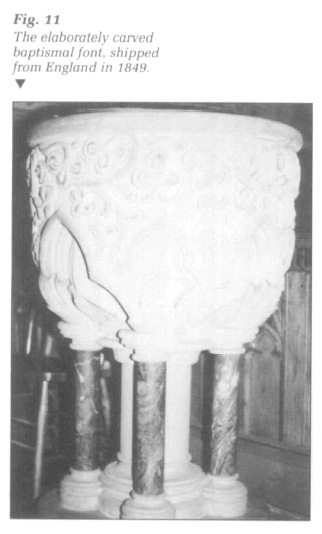 Display large image of Figure 11
Display large image of Figure 11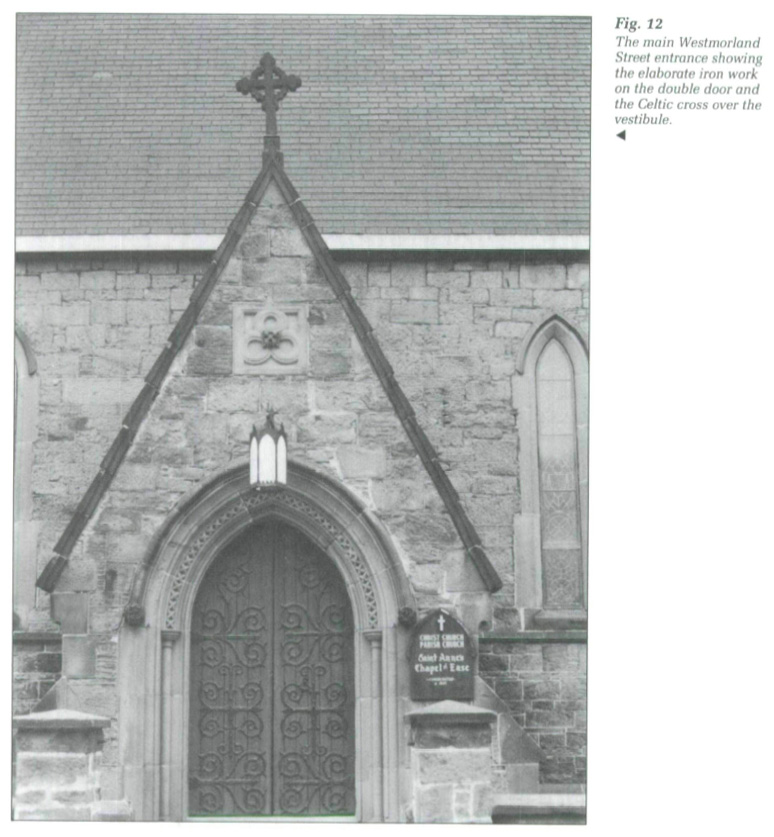 Display large image of Figure 12
Display large image of Figure 12 Display large image of Figure 13
Display large image of Figure 13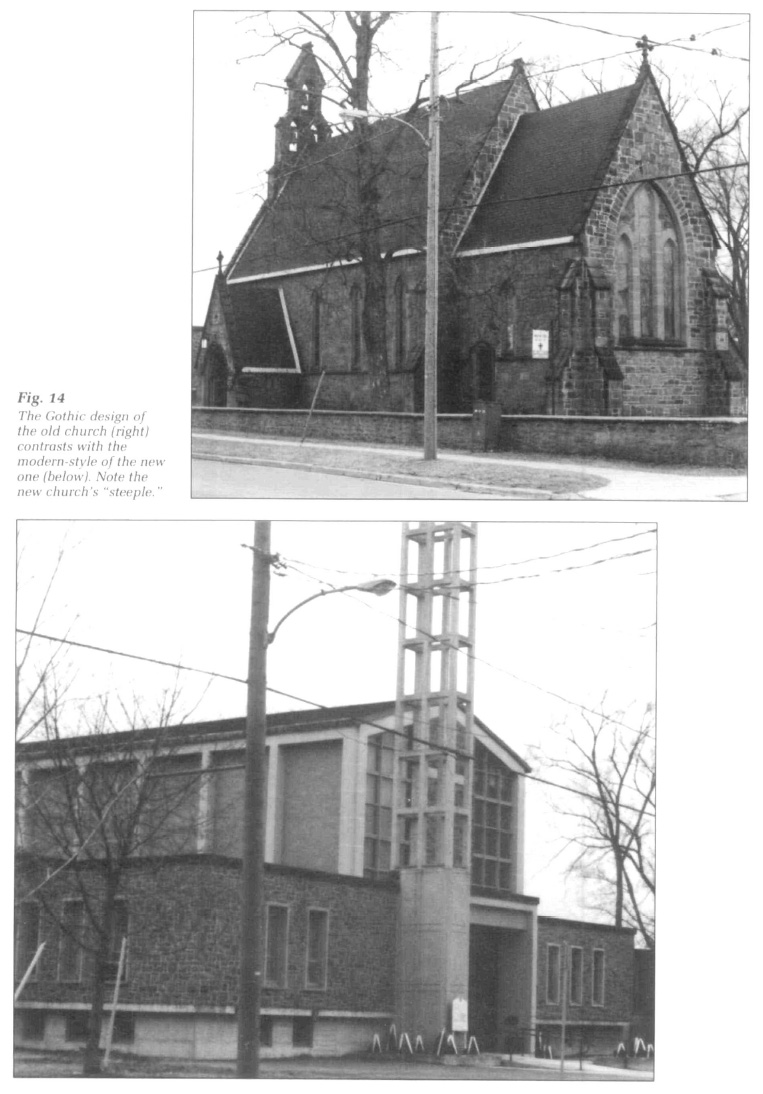 Display large image of Figure 14
Display large image of Figure 14